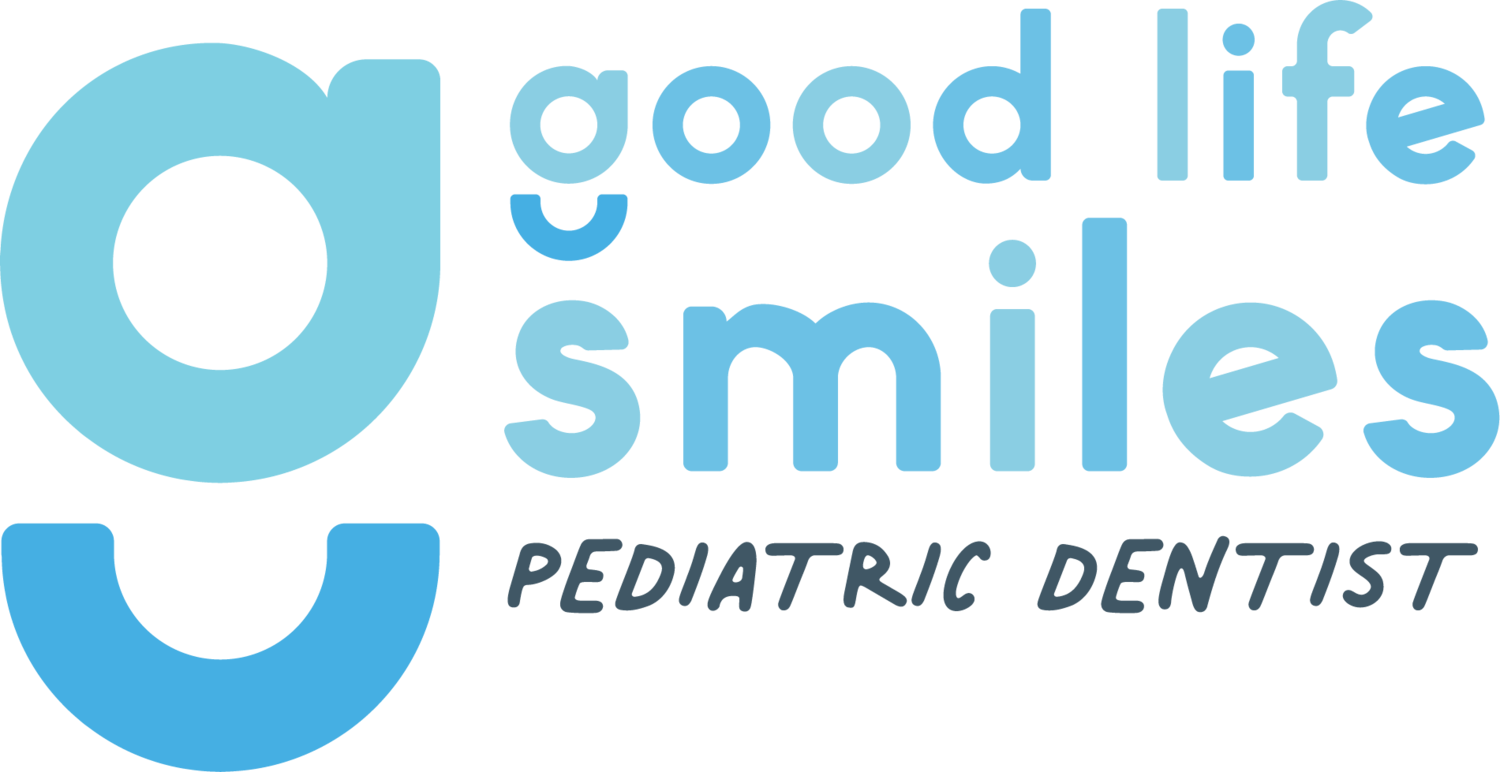F is for Flossing Habits
Flossing is an important part of home oral hygiene, and it’s probably one area where most people can improve. Bacteria and bits of food can get stuck in between our teeth, and it’s not always possible to get them out with toothbrushing alone. Bacteria ingests the food between teeth and produces acid that can cause dental caries - cavities. What’s more is that the food left on teeth will begin to putrefy if it is there long enough. The putrefied food and bacteria smell bad, which may be a cause of bad breath. Yuck!
Nightly flossing is an excellent way to maintain healthy gums, prevent cavities, and combat bad breath.
When should I start flossing my child’s teeth?
If your child’s teeth are not touching, you may not need to floss just yet. Toothbrushing alone might be sufficient to clean all the surfaces for kids with open contacts between their teeth. However, if you notice any stuck-on food that cannot be brushed off, then it’s time to break out the floss.
As a general rule, we need to floss every night after the teeth begin to touch. Dr. Pete recommends grown-up assisted brushing and flossing until kids can tie their own shoes. In the Harbert house, Dr. Pete helps to floss between back teeth, and then he gives his kids the flossers to floss between their front teeth on their own. They floss (and fidget) when reading a book before bed.
General rules aside, it's never too early to start flossing. If your child shows an interest in flossing, add it to their routine, even if their teeth aren’t touching yet.
What is the best tool to floss my child’s teeth?
The best oral care product for your child is the one they want to use, but generally Dr. Pete recommends flossers as the easiest to use and surest way to avoid grown-ups getting fingers bitten.
When it comes to flossers, there are numerous options to choose from: colors, shapes, and flavors. Many are directly marketed to kids, with prices typically ranging from $3 to $5 per 90-count pack. We recommend letting your child pick out their preferred variety. Giving them a say in their flossers might make them more excited to use them!
How do I floss my child’s teeth?
Try C-shape flossing!
Step 1: Use a seesaw motion to gently move the floss just below the contact between two teeth. This prevents snapping the floss into the gums (ouch!).
Step 2: Wrap a C-shape of floss around the tooth you are flossing to clean the interproximal surface and the corners of the tooth.
Step 3: Wrap a C-shape of floss around the adjacent tooth to clean the interproximal surface and corners.
Step 4: Remove floss and repeat for other contacting teeth.
Have more questions about flossing for your Kids?
Schedule a visit with Dr. Pete here!
Good Life Smiles blog content is for educational and entertainment purposes and should never substitute for informed dental or medical advice from your pediatric dentist and pediatrician.

